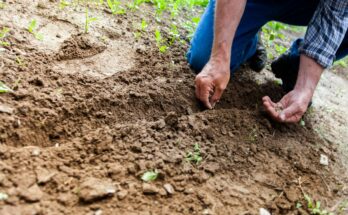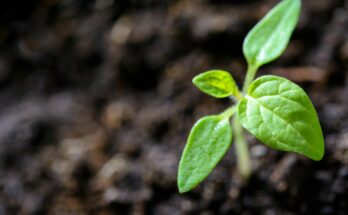Here’s a full article titled **“The Fight Against Deforestation: Saving Forests for Future Generations.” **
### “Defeating Deforestation: Preserving Forests for Generations to Come” Our planet’s lungs are forests. They cover nearly 31% of the Earth’s land area and play a crucial role in maintaining the balance of our ecosystem. They support millions of people worldwide, provide oxygen, support biodiversity, regulate the climate, and absorb carbon dioxide. Yet, despite their critical importance, forests are disappearing at an alarming rate due to deforestation, threatening both the environment and humanity’s future.
#### Recognizing the Roots of Deforestation The primary cause of deforestation is human activity. Agricultural expansion, logging, mining, and infrastructure development are among the leading causes. In a lot of places, forests are cut down for farming, raising livestock, or harvesting timber for commercial use. Illegal logging and unsustainable farming practices further accelerate the destruction, resulting in the loss of habitat for countless species and disruption of local communities.
The Effects on the Environment Deforestation has far-reaching effects. When forests are cleared, carbon stored in trees is released into the atmosphere, contributing to climate change. In severe cases, soil erosion can result in desertification and a decrease in land fertility. Rivers and water cycles are disrupted, affecting freshwater availability. Moreover, deforestation is a leading cause of biodiversity loss, pushing species like orangutans, tigers, and countless plant species toward extinction.
#### The Effect on People Additionally, deforestation has significant effects on human societies. Displacement and loss of livelihood threaten indigenous communities that rely on forests for food, shelter, and cultural identity. In addition, the increasing number of climate-related disasters like floods and droughts disproportionately affects vulnerable populations, highlighting the connection between human well-being and environmental health. International Initiatives to Combat Deforestation Despite the challenges, there is hope. Governments, organizations, and communities worldwide are taking action to halt deforestation. Sustainable forestry practices, such as reforestation and afforestation, aim to restore degraded lands and safeguard existing forests. Countries are encouraged to preserve forests and reduce carbon emissions through international agreements like the UN’s REDD+ program (Reducing Emissions from Deforestation and Forest Degradation). #### The Role of Individuals
Every individual can contribute to the fight against deforestation. Supporting products certified by organizations like the Forest Stewardship Council (FSC), reducing paper and wood consumption, planting trees, and raising awareness about forest conservation are all meaningful actions. Small, consistent efforts collectively make a significant impact.
Looking Ahead #### Not only is it a matter of the environment but also of moral and social responsibility to save the world’s forests. Numerous species’ survival, the climate, and resources for future generations are all ensured by forest protection. By taking immediate, concerted action, humanity can reverse the damage and create a sustainable coexistence with nature.
#### Conclusion
Although deforestation is one of our planet’s greatest challenges, it is not insurmountable. We can fight to protect forests for future generations through global cooperation, sustainable practices, and individual commitment. It is necessary for both our own future and the survival of our planet. —





It’s sobering to think about the cascading effects of deforestation, especially on water cycles and soil health. Protecting forests isn’t just about saving trees—it’s about preserving the very systems that sustain life on Earth.
You made a great point about how deforestation disrupts water cycles—many people don’t realize how closely forests are tied to freshwater access. I think raising awareness about community-led conservation efforts could help show that protecting forests isn’t just a global issue, but something that benefits local livelihoods too.
This post really highlights how interconnected deforestation is with other global challenges like climate change and water scarcity. I think one of the biggest hurdles is balancing economic development with environmental preservation—especially in regions where communities rely on forest resources for income. Encouraging sustainable farming and responsible forestry could make a real difference if backed by strong local policies and global support.
You make a powerful point about how human activity is at the core of deforestation, and it’s eye-opening to see how quickly this affects climate stability and biodiversity. One aspect worth exploring further is how community-led conservation projects are making an impact—local engagement seems to be one of the most effective tools in reversing forest loss for the long term.